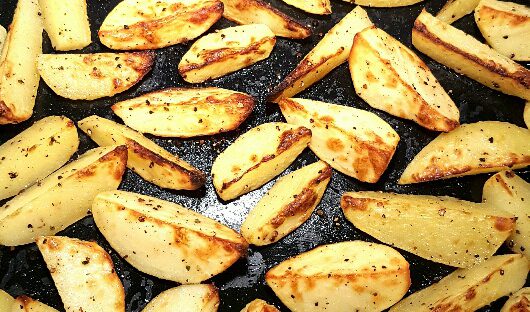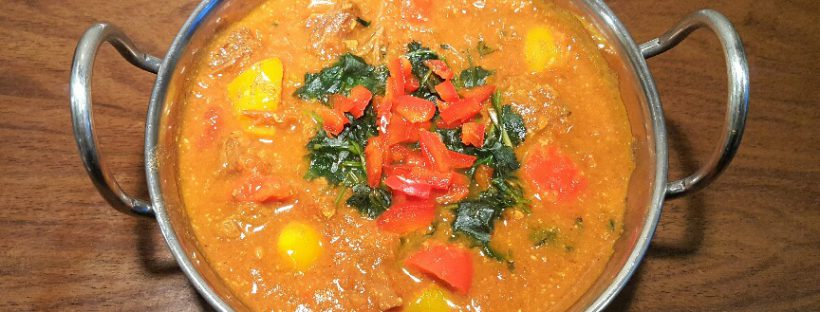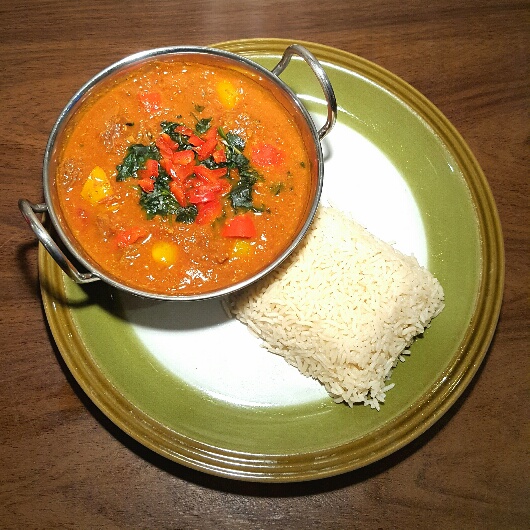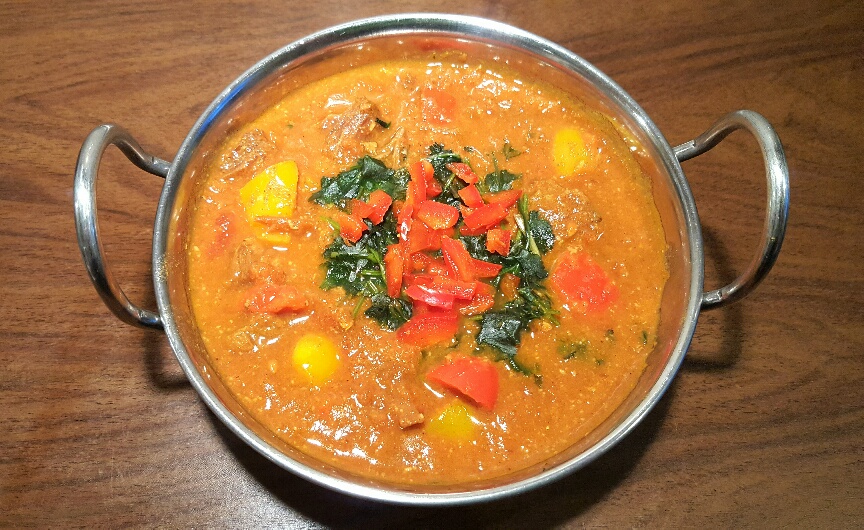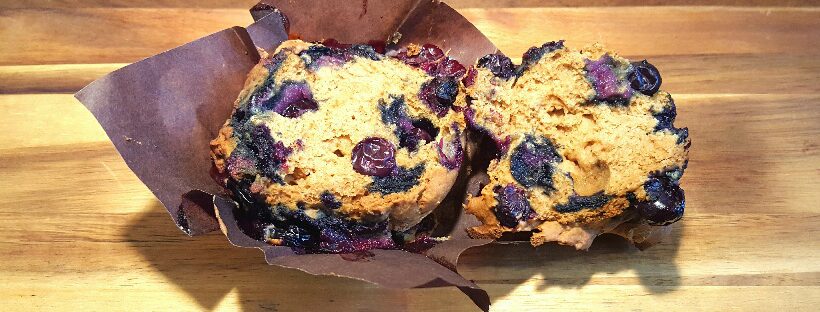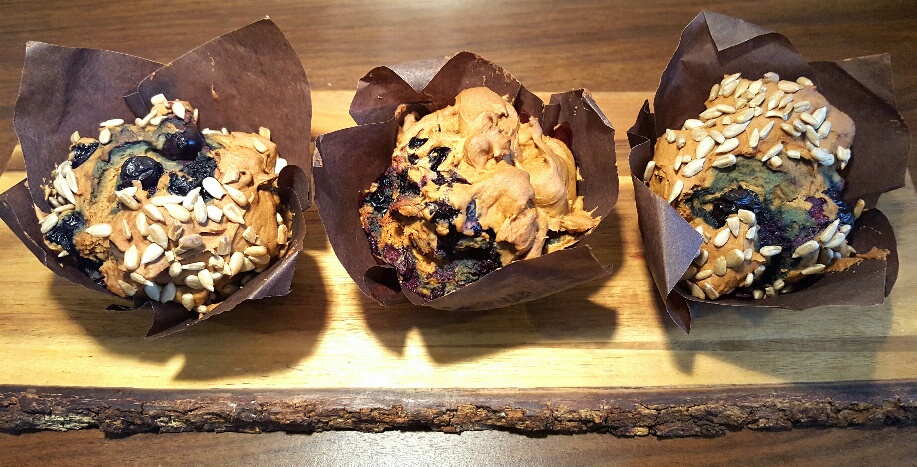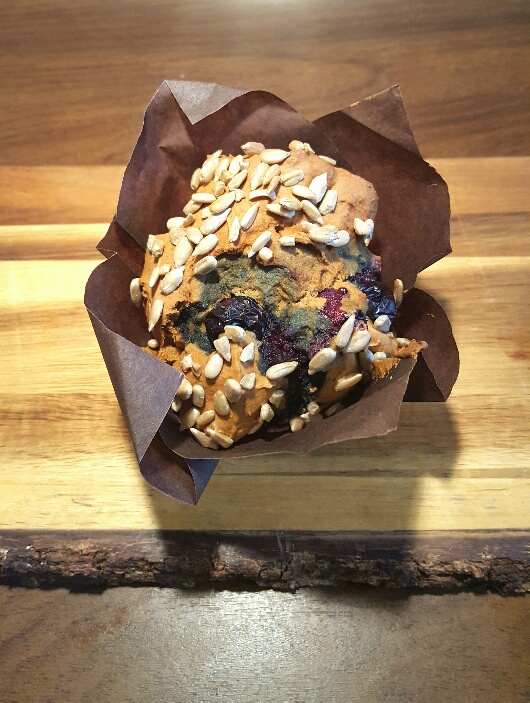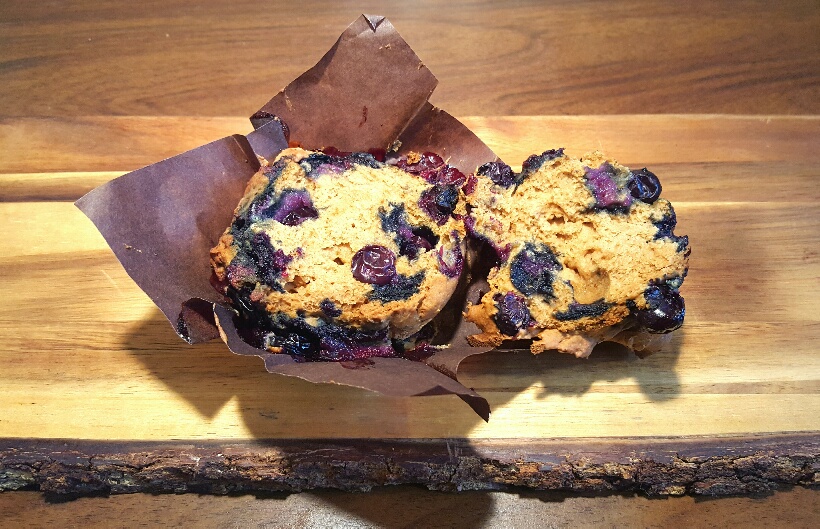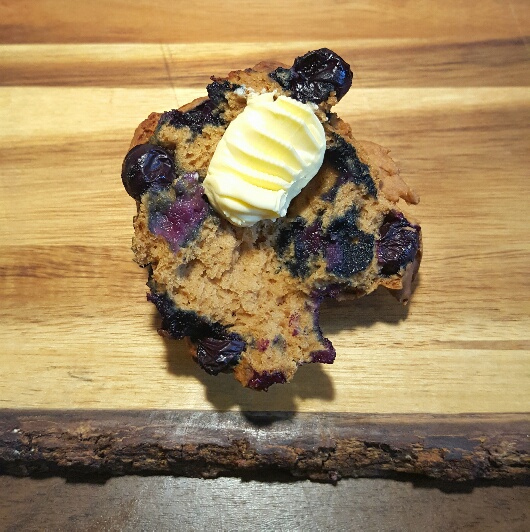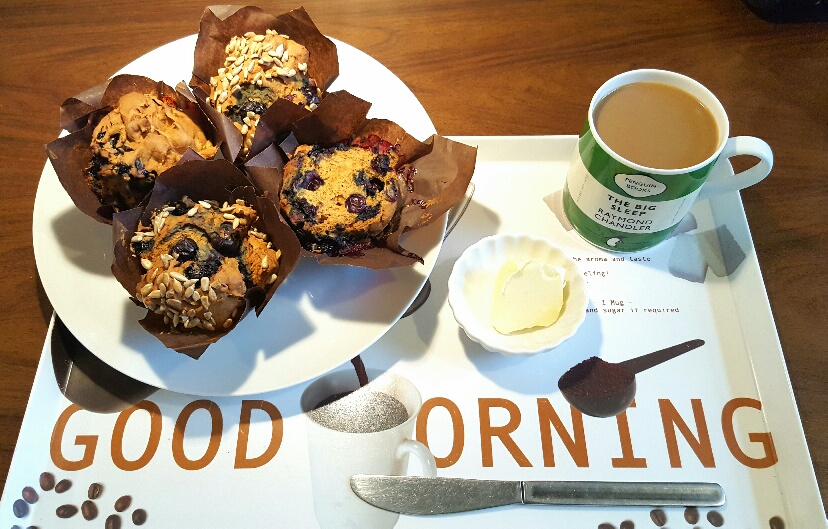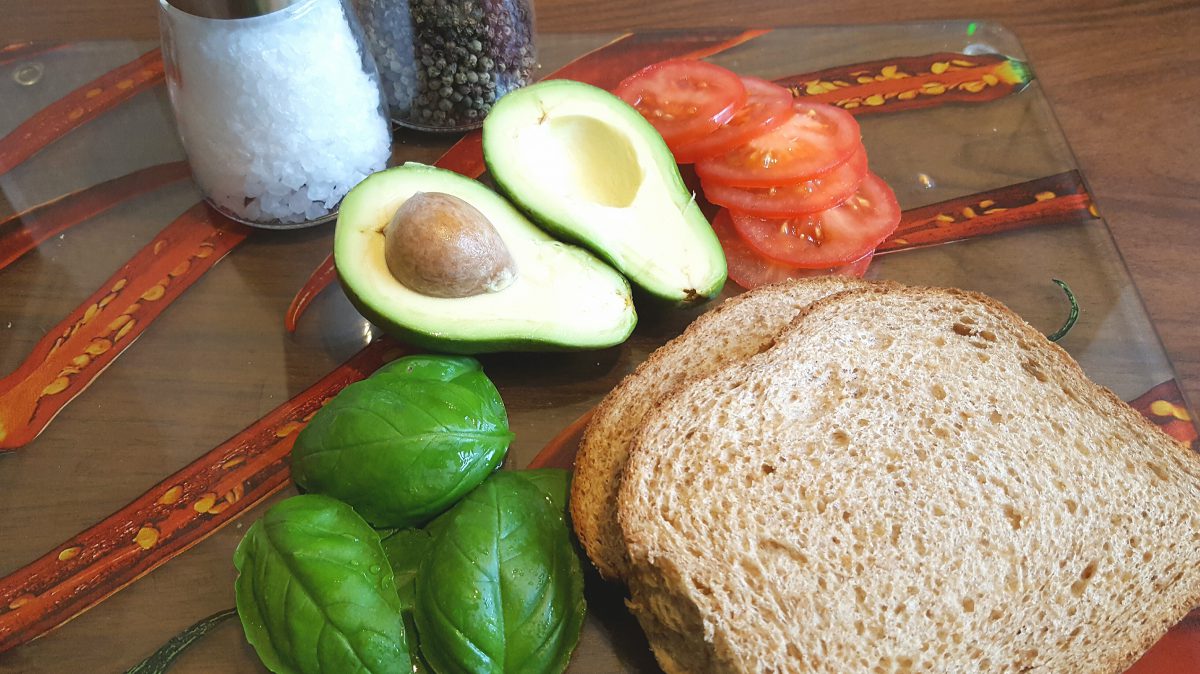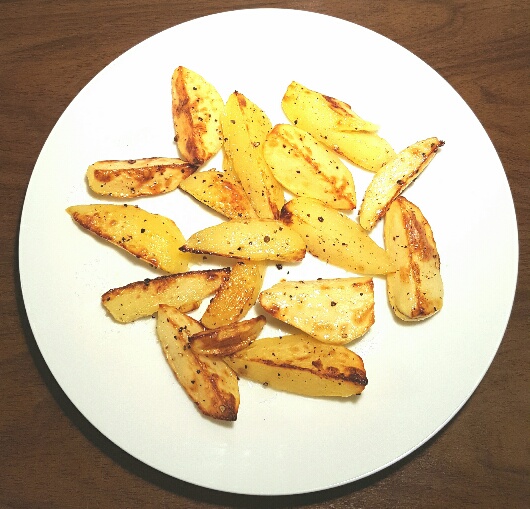
Potato Wedges by The Fat Foodie
Fact: There’s nothing better than a homemade chip.
Second fact: Fried chips have been sold in Britain since 1854, but they’ve actually been eaten in British homes for centuries.
Third fact: Homemade chips taste way better than a frozen ready-prepared chip ever could.
Fourth fact: Homemade potato wedges are unbelievably easy to make. So, let me show you how…
I made my family lentil ragù the other night, but because I’m following the FODMAP diet (to help manage my IBS better) it wasn’t suitable for me to eat. I was then faced with the decision about what I was going to make for my own dinner. I had a bag of potatoes in the fridge (which are fine to eat for FODMAP followers) so I figured that a plate of potato wedges would go down nicely while also serving as a nice side to go with the lentil ragù the family were having.
Potatoes are packed full of vitamins and minerals. In terms of vitamins, you’re talking about getting a healthy portion of vitamin C, E and K, B6, and folate. Their minerals include calcium, iron, magnesium, phosphorus, potassium and zinc. That’s better for you than a plateful of starchy wheat-based pasta any day, isn’t it really?
I had two varieties of potato in the fridge, not for a particularly exciting reason, it was just that they were left over from two separate bags of potatoes. My point is that the blend of two varieties lent a nice variation in texture and flavour to the potato wedges because some of them were really sweet and firm whereas others were dry and floury. For such a plain plate of food, it truly was a celebration of the humble potato.
I cut my potato wedges by hand with paring knife, but you can buy really clever potato chip makers produced by companies like Lakeland which make it really easy to make perfect chips. Equally, you could use a tool such as an Easy Grip Potato Slicer
which is much cheaper and would give you uniformly cut potato wedges. I’m happy with oddly shaped, non-uniform potato wedges personally though, so I’ll just stick to using a plain old knife.
You don’t need me to tell you what to serve potato wedges with, but I had mine with a tin of mackerel in spicy tomato sauce and it was a delicious meal. The potato wedges had far more flavour to them than any frozen chips I’ve ever had (even the expensive upmarket ones). If you fancy more exciting potato wedges you could add a teaspoon of smoked paprika to your seasoning before you pop them in the oven which will give them a smokey, BBQ sort of flavour. Whether you pep up their seasoning or not, these potato wedges were sweet and crunchy around the edges, but soft and fluffy in the middle, just like any good potato wedges should be.
Ingredients:
Enough potatoes for the number of people you’re going to be feeding (I normally go with around 2 medium sized potatoes each)
Sunflower oil
Salt and pepper
Method:
Preheat your oven to 200C/180C Fan/400F/Gas mark 6.
Peel your potatoes and cut them through the middle into halves and then into wedges. I normally get around 8 wedges from a medium sized potato.
Place on a non-stick baking tray and coat them lightly with sunflower oil. (Only use enough so that they’re just lightly coated because you don’t want them swimming in oil.)
Season generously with salt and pepper and place in the oven.
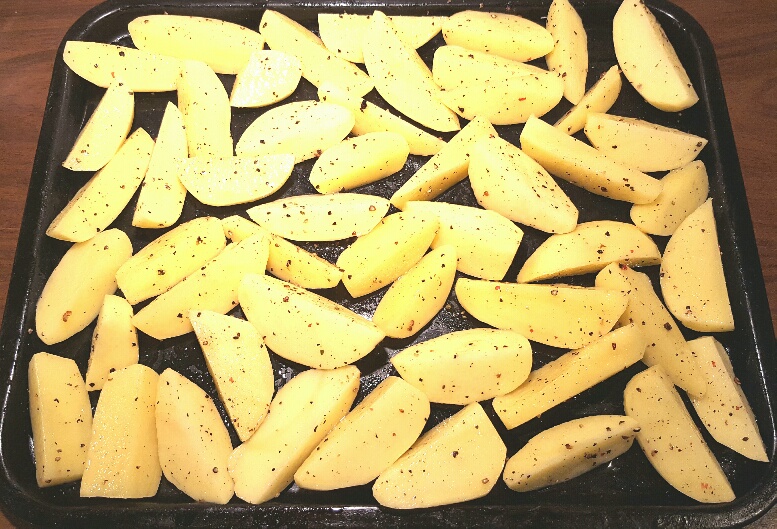
Raw Potato Wedges About to be Baked by The Fat Foodie
Once your wedges are golden brown and soft when pierced with a fork, remove from the oven and serve.
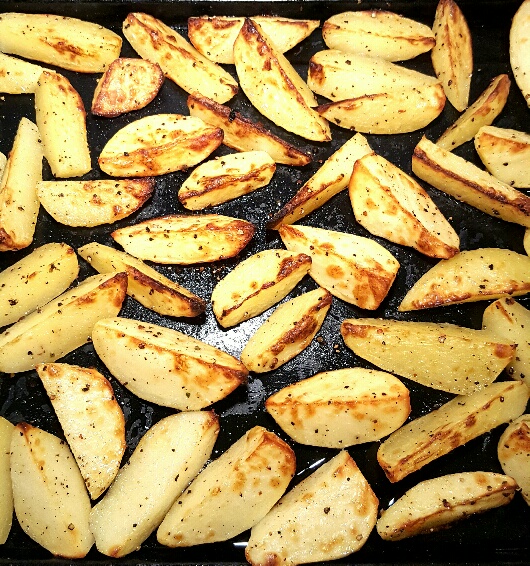
Freshly Cooked Potato Wedges by The Fat Foodie

Potato Wedges by The Fat Foodie
 Copyright protected by Digiprove © 2017
Copyright protected by Digiprove © 2017 